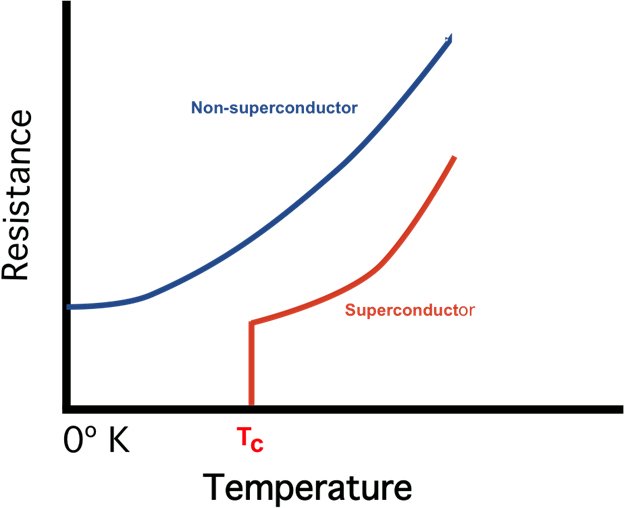Why room temperature superconductivity remains science’s elusive Holy Grail
Context- Last week, two South Korean researchers posted two related papers on the internet, not yet peer-reviewed, claiming that a lead-based compound they had developed had shown superconducting properties at room temperature, under normal pressure conditions.
Such a discovery is a sure shot Nobel Prize winner. More than that, it has the potential to revolutionize the technology space, and be one of the most impactful scientific discoveries of this century. But such announcements have also been made in the past.
(Credits- mriquestions.com)
The experience with past such claims – and there have been several – has made the scientific community extremely sceptical of any fresh news of a breakthrough.
Superconductivity and why it is a big deal
- Superconductivity refers to a state in which a material offers zero, or near-zero, resistance to electric current. A current is nothing but the movement of charged particles, electrons in most cases, in a particular direction. When the electrons move, they collide, and interact, with other atoms in the material.
- The movement is not entirely smooth, it encounters resistance which, as of now, is an essential property in electrical conductivity. Resistance involves a loss of energy, mostly in the form of heat. Part of the reason why electrical appliances get heated is this resistance.
- Elimination of this resistance can result in super-efficient electrical appliances, removal of transmission losses in power cables, and massive gains in energy.
- But that is not all. Superconducting materials show very interesting behaviour under magnetic field which allows the functioning of systems like the MRI scan machine and the superfast Maglev trains that float above the tracks.
- In fact, superconductors are already being used, but their use is limited because of the extreme conditions that have to be created.
Extremely low temperatures: What current superconductors look like
- As of now, superconductivity can be achieved only at very low temperatures, more than 250 degree Celsius below zero, very close to absolute zero which is – 273 degree Celsius.
- The first material to have been discovered to show super conductive properties was Mercury, which becomes a superconductor at close to 270 degree Celsius below zero. Most of the other materials commonly used as superconductors – Lead, Aluminum, Tin, Niobium, and several others – also become superconducting at comparable temperatures, called critical temperature.
- In some cases, materials can exhibit superconductivity at slightly higher temperatures as well, but under increased pressure conditions. It is all about creating the right kind of conditions for the electrons in the material to move without resistance, and a variety of tweaks are experimented with depending upon the internal atomic structure of the material.
- Even the materials that are classified as ‘high-temperature’ superconductors, as of now, show superconductive properties only well below -150 degrees Celsius.
- There have been claims for superconductivity at much higher temperatures, in some cases, above zero degree Celsius as well, but these are either contested or require extreme pressure conditions.
A number of false starts
- The reason why scientists are cautious in their reaction to the current claim of the South Korean researchers is that such claims have been made much too often in recent times.
- And none have survived the scrutiny– so far. In fact, just last month, a paper published in Physical Review Letters in 2021, by a US-based researcher making a similar claim had to be retracted, apparently because of faulty data.
- A similar claim was made by researchers at the Indian Institute of Science in Bengaluru in 2018, only to be sent for a more thorough review. That case is still unresolved. Many other research groups across the world, using different materials, have also made this claim in the past.
- None of them are imposters, though in some cases there have been some evidence of data fabrication or other malpractices.
- As Professor Arindam Ghosh of the Indian Institute of Science, Bengaluru, who works in related areas, said the prospect of instant stardom could be too overpowering for some scientists. But there could be genuine errors in judgment as well.
Conclusion – The crux of the matter is that the experiments carried out, and the data presented, must be reproducible by others.
Syllabus – GS-3; Science and Tech
Source – Indian Express


